
Musqueam Indigenous Pollinator Plant Map
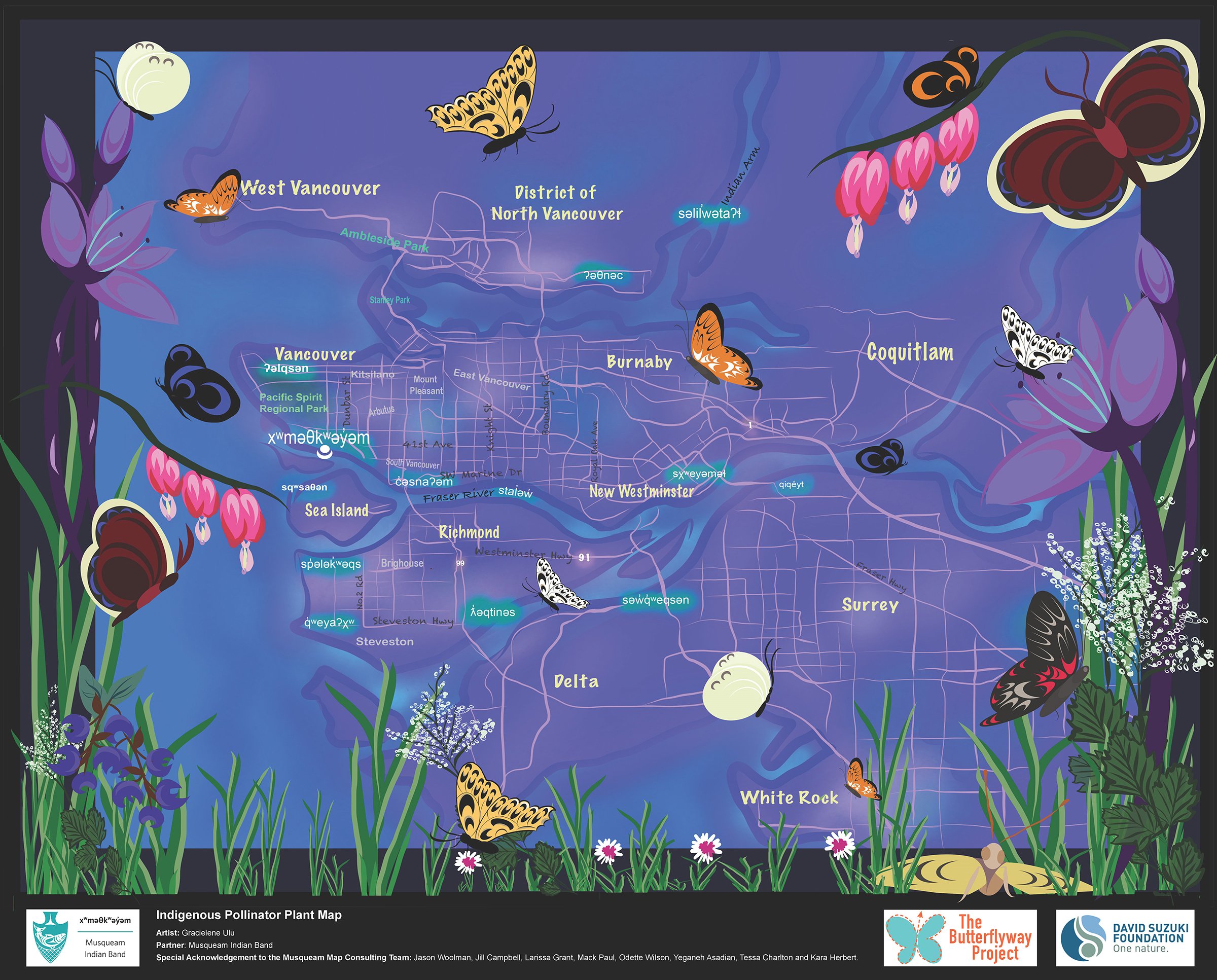
Contributor
- Topics: Growing for Biodiversity
Spring 2022
Apart from helping pollinators like butterflies and wild bees, the Butterflyway Project started in 2017 to explore the relationship between indigenous plants and native butterfly species.
In British Columbia, the City of Vancouver and Richmond sit on the ancestral and unceded territory of the Musqueam Indian Band. These are also the key locations for Butterflyway plantings in British Columbia in the early years.
In 2020, an agreement was reached between the David Suzuki Foundation and the Musqueam Indian Band to co-create an Indigenous Pollinator Plant Map. 160 Butterflyway Rangers planted native plants all over the Lower Mainland. With the help and support of Musqueam Archives Manager Jason Woolman, and Language and Culture expert Jill Campbell, the BC Buterflyway Indigenous Pollinator Plant Map, a beautiful artwork created by Musqueam artist Gracielene Ulu, was born.
Together with the Musqueam interpretation of the Butterflyway Rangers’ plantings, the map and the accompanying plant illustration by youth artist Valentina Pagetto, also showcase key Musqueam territories and names for native plants.
The David Suzuki Foundation is grateful for the generosity of the Musqueam Indian Band and in awe by the rich culture of the Musqueam People.
– Winnie Hwo, March 2022
Listen to Garden Futurist Episode V: Rangers of the Butterflyway with Winnie Hwo, Here.
Originally Posted: January 18, 2022
Musqueam artist helped create the first Indigenous Pollinator Plant Map
By Winnie Hwo, Senior Public Engagement Specialist

Just over a year ago, the David Suzuki Foundation reached an agreement with the Musqueam Indian Band in B.C.’s Lower Mainland to collaborate to create a map of indigenous wildflowers. The map was inspired by the Butterflyway Project, which encourages volunteers to plant native plants throughout their neighbourhoods to support local butterfly species.
Created with support and guidance from a Musqueam working group, including archives and research manager Jason Woolman and Jill Campbell from the Musqueam language and culture department, the Indigenous Pollinator Plant Map depicts native wildflowers planted in the past few years. It was designed by Musqueam artist Gracielene Ulu.

Ulu is a young mother and artist. She is also the granddaughter of the late Musqueam Elder Arlene Point and Johnny Fraser from the Nanaimo Indian Band. According to Ulu, “Butterflies are delicate and uniquely beautiful. When my daughter Suliana became intrigued about pollination, her love grew further for butterflies. Suliana’s love of flowers and wanting to start a home garden, so she could see different butterflies, inspired me to design this map.”
“Butterflies could see ultraviolet light. That became the theme behind my design by choosing to use vibrant colours while still honoring Coast Salish art elements and culture.”
– Gracielene Ulu, Musqueam artist
Ulu said her design is inspired by both science and culture. “Butterflies could see ultraviolet light. That became the theme behind my design by choosing to use vibrant colours while still honoring Coast Salish art elements and culture.”
“The tall grass is to represent Musqueam, the flowering plant məθkʷəy̓, which grows in the Fraser River estuary. Stories have been passed on from generation to generation that explains how we became known as the xʷməθkʷəy̓əm — People of the məθkʷəy̓ plant. I’ve also included a few more indigenous plants such as, spe:nxʷ, (blue camas) on either side of the map, as well as the cackʷalǝs (goat’s beard) plant, for their healing and nurturing abilities. You will also see at the bottom, qeθəɬp (ocean spray), which not only attract the swallowtails, but the branches were used to make tools. t̕eqeʔ (salal berries) are included for their vital nutrients from the berries but the leaves could also be made into teas.”
For Ulu, working on the Indigenous Pollinator Plant Map also allowed her to look inward to her own family history and the intergenerational influence that has made a mark on her artwork.
“Our sniw̓ (teachings) are part of who we are. One of the reasons I chose to include the mourning cloak butterfly was not only for the təməɬ (red ochre) colour, which is traditionally a colour made from iron-rich clay, but more so that although my grandmother is no longer with us, I keep our sniw̓ (teachings) close to my heart and cherish what she’s taught me.”


Ulu’s Musqueam knowledge has also played a key role in the accompanying eight-plant illustrations created by Vancouver youth artist Valentina Pagetto, with guidance from Indigenous herbalist and Butterflyway Ranger Lori Snyder.
“It was an honour to work with Lori Snyder and the Musqueam Nation to communicate traditional Indigenous teachings through these illustrations,” Pagetto said, adding they hope the native plant illustrations would help “encourage others to connect with this land outside of colonial institutional contexts and to head outdoors to forge personal relationships with the native plants around them.”



Native plant illustrations created by Valentina Pagetto with Musqueam language support by Jill Campbell and guidance by Lori Snyder.
‘Butterflies are unique and have an ability to transform with beauty and grace.’
– Gracielene Ulu, Musqueam artist
Pagetto and Ulu both agree artistic creation can help bring us closer to nature, and butterflies are the centre of this exciting movement.
“Butterflies are unique and have an ability to transform with beauty and grace. This Indigenous Pollinator Plant Map will guide us and remind us that our ancestors live within us, to help us find balance and to respect and honour our land, through the Butterfly view,” Ulu said.
Special thanks to the Butterflyway Rangers, who planted native plants in 160 locations throughout the region since 2017. This formed the basis of the map, with guidance from Rangers Selina Pope, Carol Both, Lori Snyder and Anne-Marie Fenn.
All the Musqueam translations in the map and the plant illustration belong to the Musqueam Indian Band. The Butterflyway Project and the David Suzuki Foundation are grateful for the generosity the Musqueam team has provided us during the past year.
Used by permission of the David Suzuki Foundation
Original Post: https://davidsuzuki.org/story/musqueam-artist-helped-create-the-first-indigenous-pollinator-plant-map/
Share:
Social Media
Garden Futurist Podcast
Most Popular
Videos
Topics
Related Posts
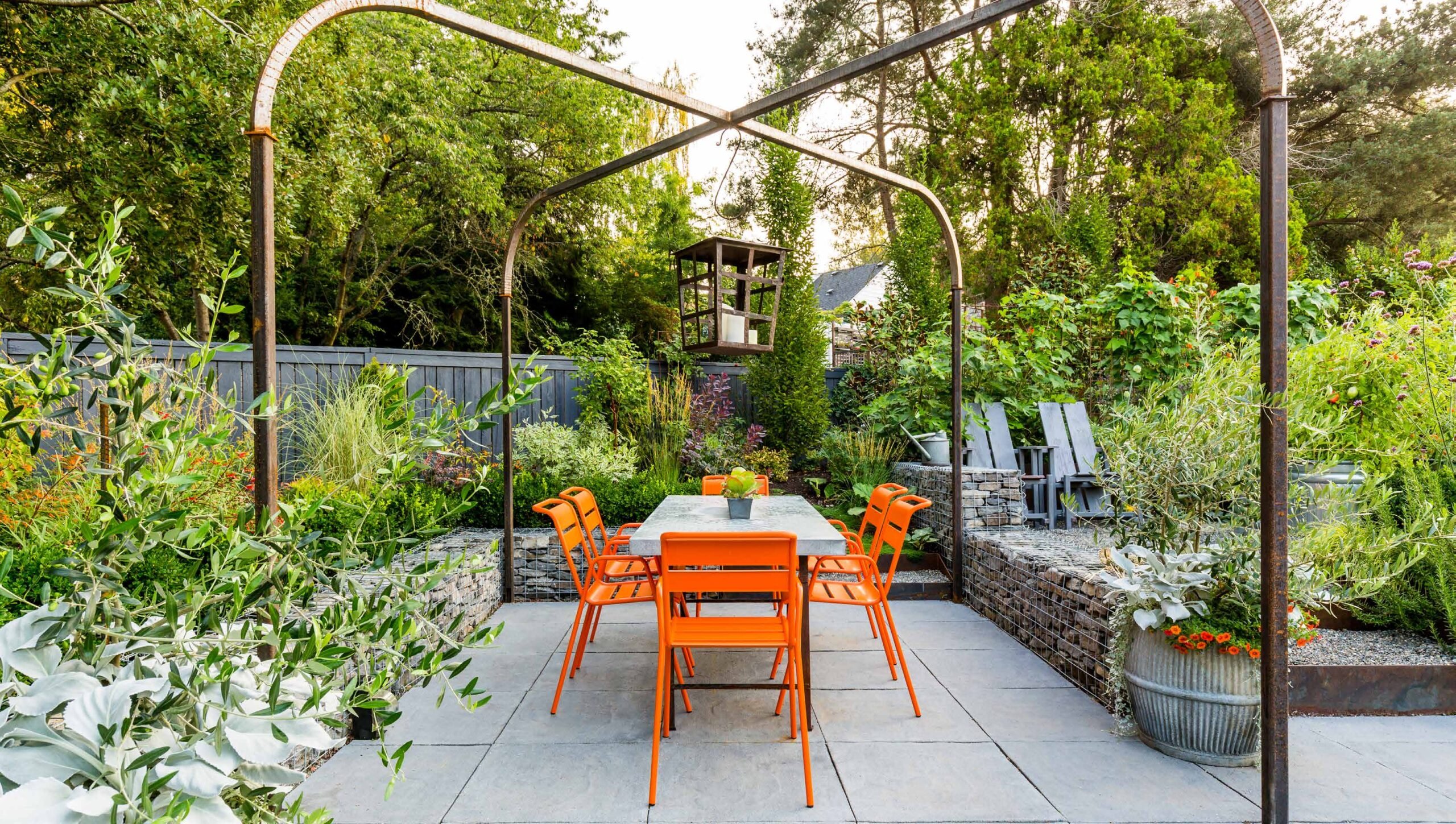
Design Futurist Award Announced: Committee Shares Vision
March 8, 2023 At Pacific Horticulture, we believe that beauty can be defined not only by gorgeous plants and design, but also by how gardens
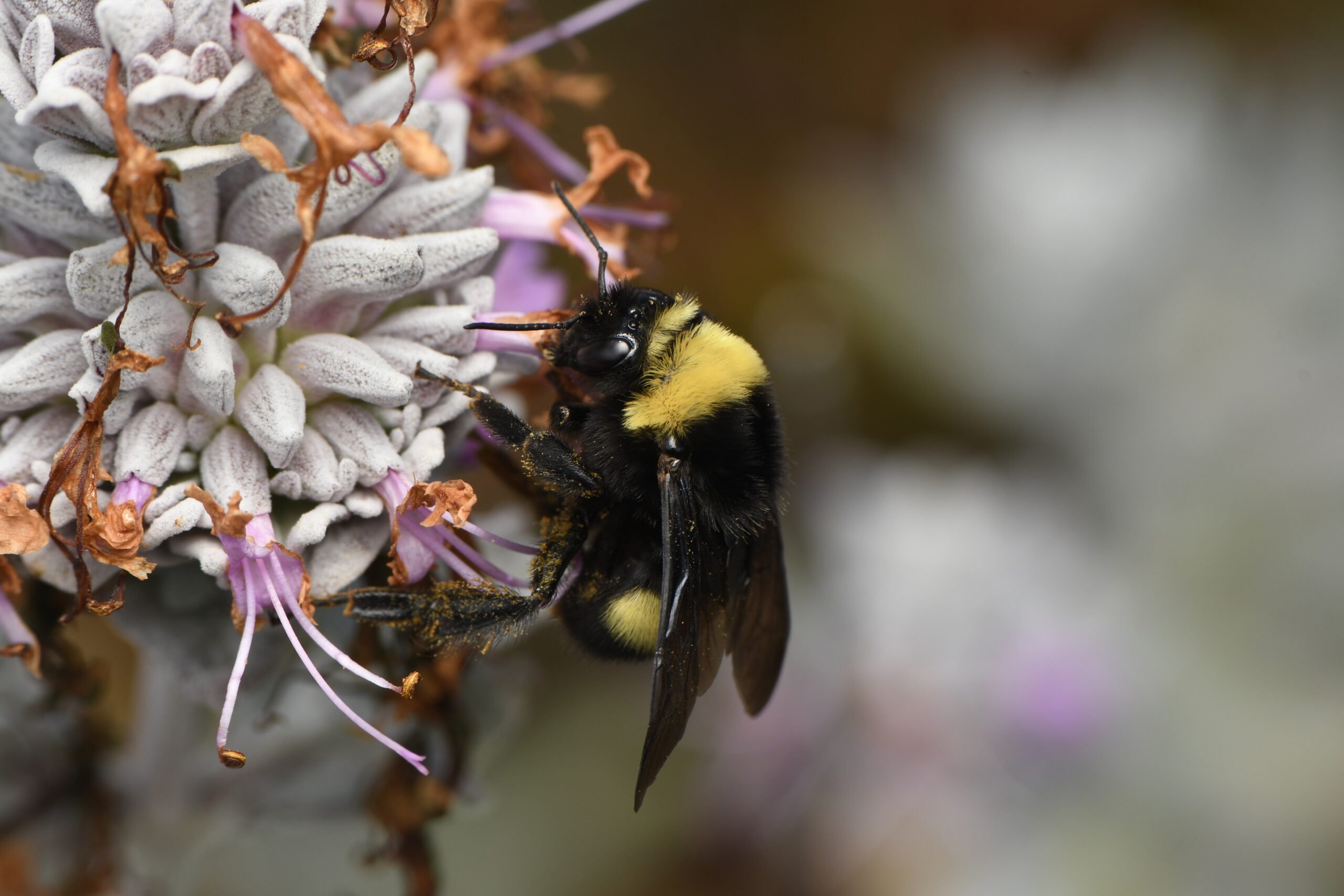
Native Bees and Your Garden
Winter/Spring 2023 The native bees in and around our gardens face ever-increasing environmental pressures as they carry out their pollination duties. More than a quarter
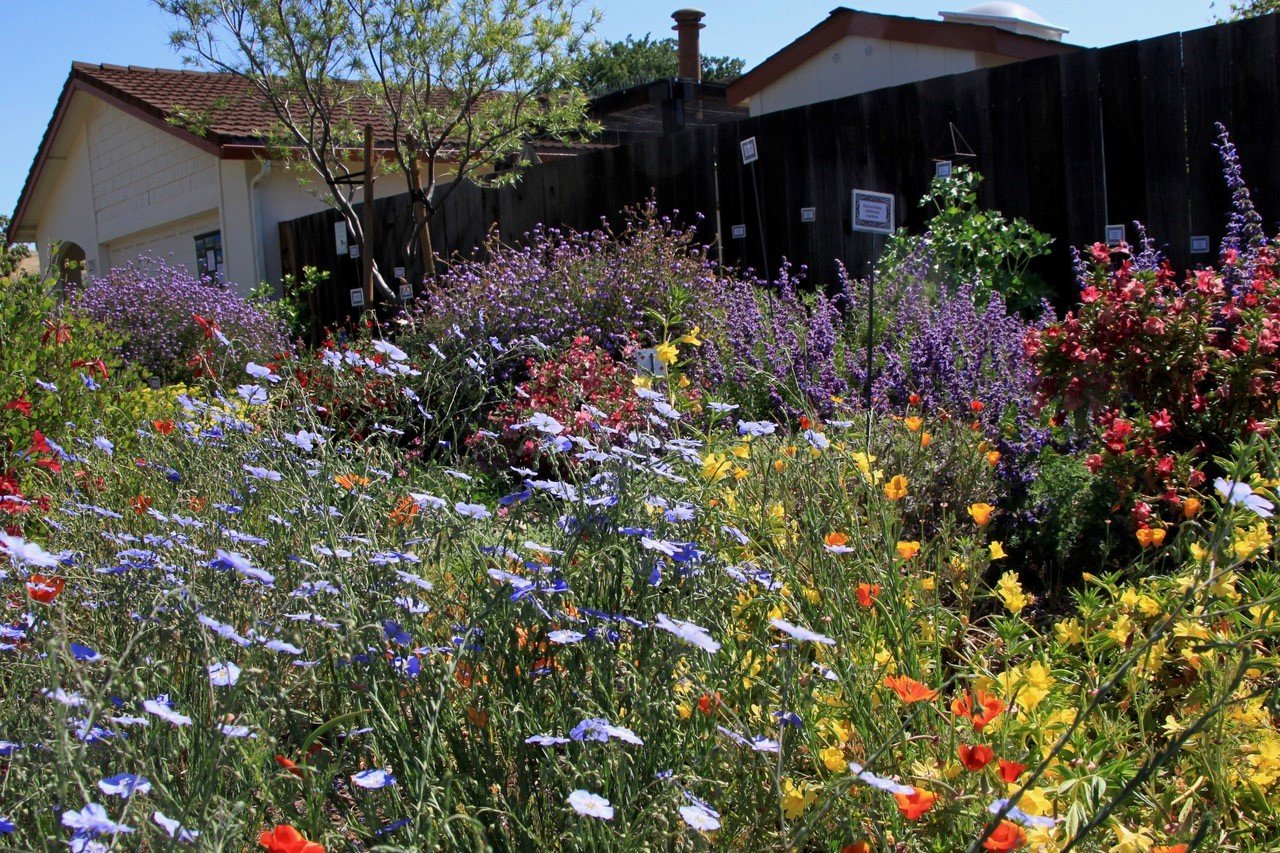
Voices of the West; New Science on Life in the Garden
Did you know that oaks can harbor over 800 species of insects? That includes only those feeding directly on oak, where they feed on every
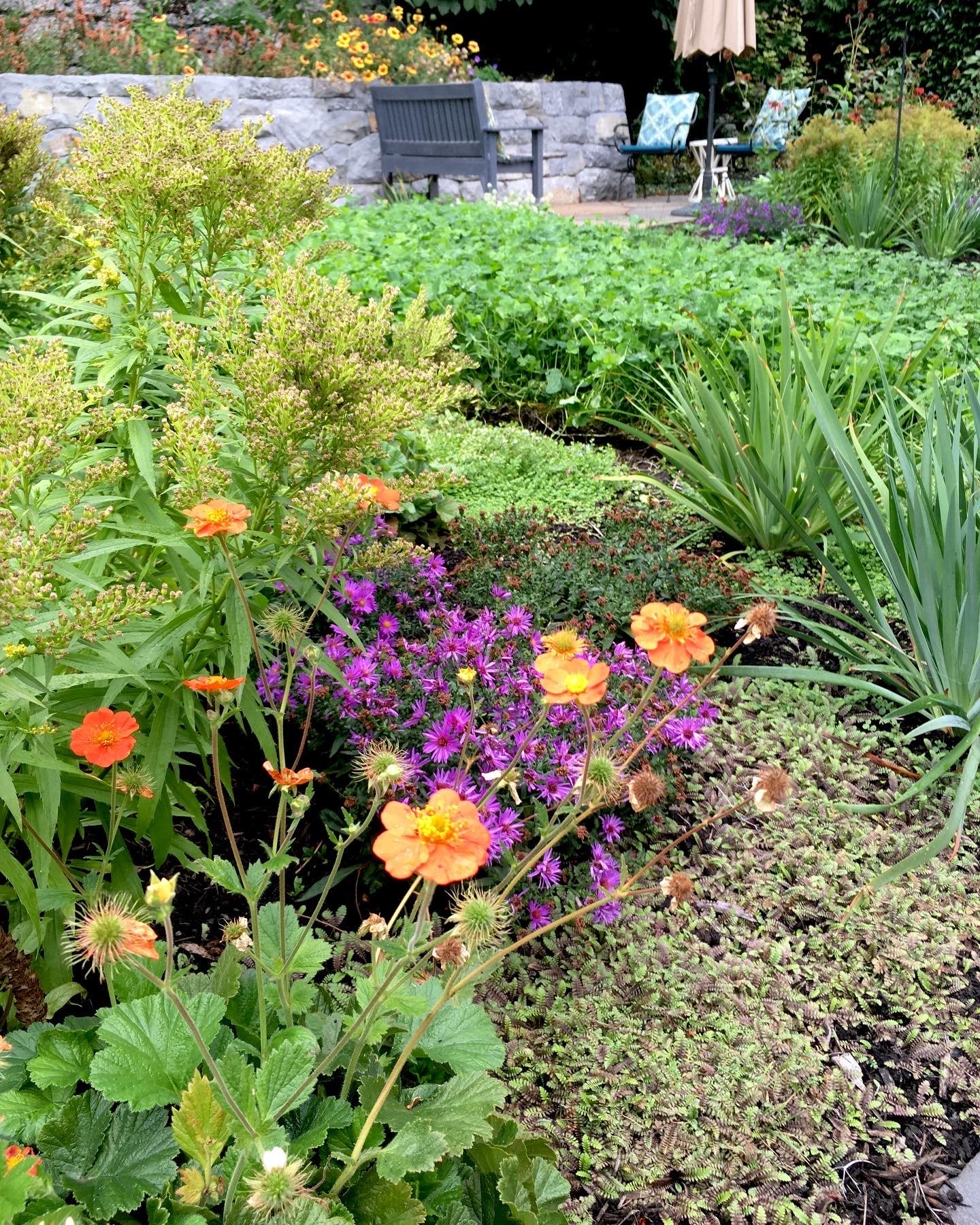
Nature Therapy from the Contemplative Garden
Winter 2022 Women’s hushed morning voices mingled with crashing waves and chattering crows. “The kettle’s still hot.” “Can you pass the honey?” Whoosh, crash, caw,


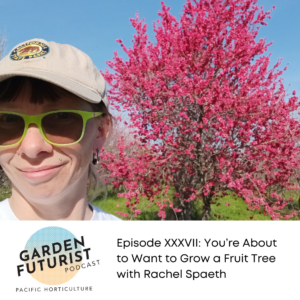
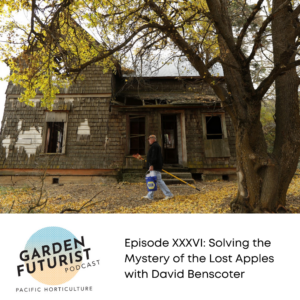
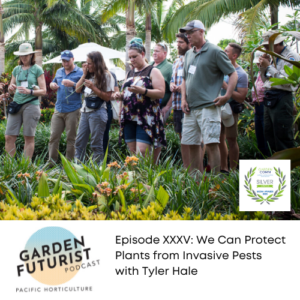






Responses